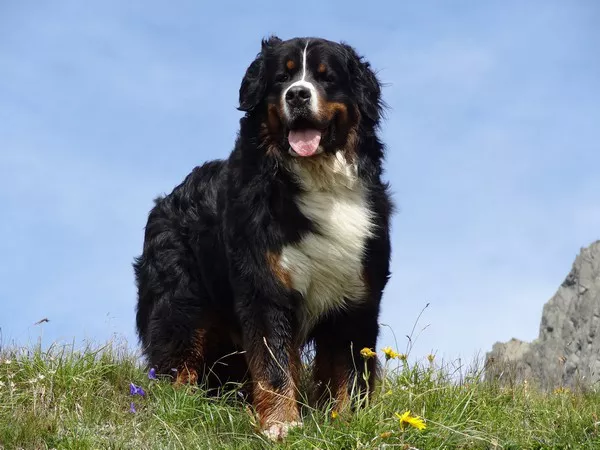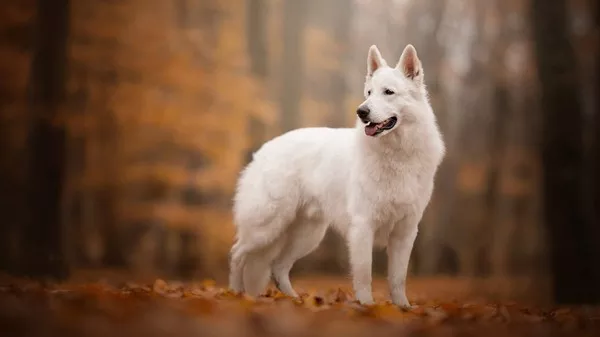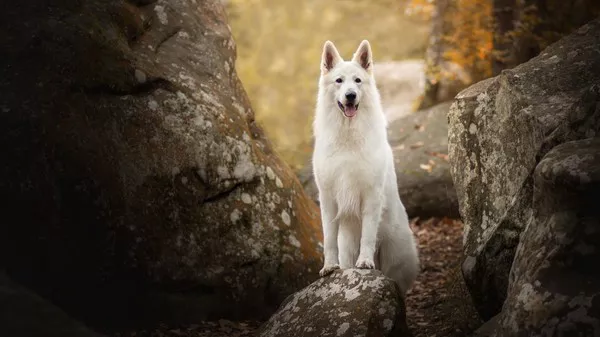The Norwegian Forest cat is a breed renowned for its majestic appearance, large size, and thick, water-resistant coat. Known for its origins in the forests of Norway, this breed is often associated with a variety of color patterns and coat types. However, a question that intrigues many cat enthusiasts and breeders is whether Norwegian Forest cats can come in a solid black color. This article explores the genetic basis of coat color in Norwegian Forest cats, the history and characteristics of the breed, and the factors influencing coat coloration.
Historical Background and Characteristics
Origins of the Norwegian Forest Cat
The Norwegian Forest cat, often referred to as the “Wegie,” is a breed deeply rooted in Scandinavian folklore and history. According to legend, these cats were the companions of the Norse gods and were brought to Norway by the Vikings. The breed is well adapted to the cold, harsh climates of Northern Europe, with its long, dense fur, tufted ears, and bushy tail. These traits make it a robust and versatile breed, capable of withstanding extreme weather conditions.
Physical Appearance
Norwegian Forest cats are distinguished by their substantial size, strong build, and an impressive double coat. Their fur is dense, with a soft undercoat and a coarser outer coat that provides insulation. The breed’s coat comes in a variety of colors and patterns, including tabby, tortoiseshell, and bicolor. Their physical characteristics are designed to enhance their survival in the wild, making them both resilient and attractive pets.
Understanding Coat Color Genetics
Basics of Cat Coat Color Genetics
To understand whether Norwegian Forest cats can be black, it’s essential to delve into the genetics of cat coat color. Cat coat color is determined by a combination of genes, each influencing different aspects of pigmentation and pattern. The primary genes involved in coat color are:
The B Gene (Black): The B gene controls the production of eumelanin, the pigment responsible for black and brown colors. Cats with the dominant B allele will have black fur, while those with the recessive b allele will have a brown color (chocolate).
The D Gene (Dilution): The D gene influences the intensity of the coat color. The dominant D allele results in full color, while the recessive d allele dilutes the color, resulting in gray (blue) instead of black.
The O Gene (Orange): This gene determines whether a cat’s fur will be orange (red) or non-orange. It plays a role in the creation of red hues in a cat’s coat.
The White Gene (W): The W gene can override other color genes, leading to a white coat. Cats with the dominant W allele will be completely white.
The A Gene (Agouti): The A gene controls the distribution of pigment in the fur, leading to tabby patterns. The absence of the agouti gene results in a solid coat color.
Norwegian Forest Cats and Coat Color Variations
Norwegian Forest cats are known for their diverse color patterns and shades. Common colors include:
Tabby: The most traditional pattern, featuring stripes, swirls, or spots.
Solid Colors: Includes blue (gray), black, and cream.
Bicolor: Cats with distinct patches of white and another color.
Tortie: A blend of black and red or cream.
However, certain colors and patterns are more commonly observed in this breed, while others are less frequent. The genetic basis for these variations is influenced by multiple alleles and gene interactions.
Can Norwegian Forest Cats Be Black?
Black Norwegian Forest Cats: Genetic Possibility
Black is a recognized color for many cat breeds, and it is genetically possible for Norwegian Forest cats to be black. The key factor is the presence of the dominant B allele, which allows the production of eumelanin in the fur. If a Norwegian Forest cat inherits the B allele from both parents, it can indeed have a solid black coat.
See Also: Can You Get a Norwegian Forest Cat in the US?
Genetic Factors: For a Norwegian Forest cat to be black, it must possess two copies of the B allele (BB or Bb) without the influence of the dilution gene (d). The absence of the dilution gene ensures that the black color is not altered into gray.
Breeding Considerations: While black Norwegian Forest cats are genetically possible, they are relatively rare. This rarity is due to the prevalence of other color patterns and the specific breeding practices that emphasize diverse and traditional colors. Breeders may focus on preserving certain colors and patterns, leading to a lower frequency of black cats.
Observations and Examples
In practice, black Norwegian Forest cats are less commonly seen compared to other colors. This is partly due to the popularity of tabby patterns and the traditional appearance of the breed. However, black Norwegian Forest cats do exist and can be found in various cat shows and breeding programs. They exhibit the same robust and attractive traits as their more commonly seen counterparts, but their rarity often makes them a unique find for cat enthusiasts.
The Role of Breeding in Color Variation
Breeding Practices and Color Selection
Breeding practices play a significant role in the color variations observed in Norwegian Forest cats. Breeders may select for specific traits, including coat color, pattern, and overall appearance. The preference for certain colors, such as tabby patterns or bicolor variations, can influence the frequency of other colors, including black.
Selective Breeding: Breeders aiming for specific colors or patterns may use selective breeding techniques to enhance desired traits. This can lead to a higher prevalence of certain colors while making others, such as solid black, less common.
Genetic Diversity: Maintaining genetic diversity is crucial for the health and vitality of the breed. Breeders often aim to avoid inbreeding and ensure that a variety of colors and patterns are represented in the gene pool.
Impact on Black Cats
The rarity of black Norwegian Forest cats can be attributed to both genetic and breeding factors. While the genetic potential for a black coat exists, the selection of colors and patterns in breeding programs can influence the overall distribution of colors within the breed.
Health and Care Considerations
Health Implications of Coat Color
Coat color in itself does not have a direct impact on the health of Norwegian Forest cats. However, certain genetic factors associated with coat color can influence the breed’s health. For example, genetic conditions such as coat color-linked deafness are known in other breeds but are not specifically associated with Norwegian Forest cats.
Genetic Testing: Breeders and owners can benefit from genetic testing to ensure that cats are free from hereditary conditions. This helps in maintaining the health and well-being of the breed.
General Care: Regardless of coat color, Norwegian Forest cats require regular grooming, a balanced diet, and routine veterinary care to maintain their health and coat condition.
Conclusion
In summary, Norwegian Forest cats can indeed be black, given the appropriate genetic combination of the B allele without the dilution gene. While black Norwegian Forest cats are less common compared to other colors and patterns, they are a legitimate and beautiful variation of the breed. The rarity of black cats within this breed can be attributed to selective breeding practices and the emphasis on preserving traditional colors and patterns.
As with any breed, the presence of a black Norwegian Forest cat adds to the rich diversity of the breed and showcases the fascinating interplay of genetics and breeding. Whether black or another color, Norwegian Forest cats remain a striking example of feline beauty and resilience, captivating the hearts of cat enthusiasts around the world.
Related Topics:
























